Some cars are known for their speed, others for their style. But when it comes to lasting performance, a strong cooling system is a must. A legendary cooling system keeps the engine from overheating, even in extreme weather or heavy driving.
A car’s cooling system controls the engine temperature by moving coolant through the engine block. This helps prevent damage caused by too much heat. Over time, some cars have become famous for having cooling systems that just don’t quit.
These systems are not only reliable but also smart in design. They come with quality radiators, efficient fans, and durable thermostats. These parts work together to keep things cool under the hood, even when the engine is working hard.
Some cars are used for racing or towing heavy loads, which pushes the engine to its limits. Without a great cooling system, these engines would break down. That’s why cars with legendary cooling systems stand out—they handle pressure without overheating.
Many older models became popular because their engines ran cool even after years of use. Their cooling systems were built to last, using high-quality materials. That’s why car lovers and collectors still admire these models today.
Modern vehicles use advanced technology to improve cooling. Features like electric water pumps, improved airflow designs, and smart sensors have made cooling systems more efficient. These upgrades help keep engine temperatures in check, saving drivers from costly repairs.
Good cooling systems also help improve fuel economy. When the engine runs at the right temperature, it works more efficiently. This means the car uses less fuel, reducing costs and helping the environment at the same time.
10) Toyota Land Cruiser
The Toyota Land Cruiser is renowned for its durability and off-road capabilities. A key component contributing to this reputation is its robust cooling system.
Designed to perform in extreme conditions, the Land Cruiser’s cooling system effectively prevents engine overheating. This ensures consistent performance in both scorching deserts and icy terrains.
In hot climates, the vehicle’s high-performing engine cooling system mitigates overheating risks. Heat-resistant materials in its construction help maintain component integrity under intense temperatures.

The Land Cruiser’s cooling system includes a radiator, thermostat, and water pump, all working together to regulate engine temperature. Regular maintenance of these components is crucial to prevent issues like coolant leaks or clogged passages.
Advanced models, such as the LC200, feature enhanced intercooler designs for improved heat dissipation and engine efficiency. These advancements demonstrate Toyota’s commitment to continuous improvement in cooling technology.
Proper maintenance, including regular coolant flushes and inspections, is essential to ensure the longevity of the cooling system. Addressing minor issues promptly can prevent more significant problems down the line.
Also read: 10 Classic Cars With Legendary Aerodynamics and Design That Shaped Automotive History
9) Porsche 911
The Porsche 911 is celebrated for its distinctive design and performance. A key feature of early models was their air-cooled engine system.
Unlike traditional water-cooled engines, these engines used air to regulate temperature. This design eliminated the need for radiators and coolant.
Air-cooled engines function by directing air over the engine to dissipate heat. Metal fins increase surface area, enhancing cooling efficiency.In the 911, a fan drew air through rear vents, pushing it over the engine. This setup ensured effective cooling during operation.

The air-cooled system contributed to the 911’s reliability and performance. It also gave the car its unique engine sound, cherished by enthusiasts.
However, air-cooled engines have limitations in temperature regulation. They can struggle in extreme conditions compared to water-cooled counterparts.
In 1999, Porsche transitioned the 911 to a water-cooled engine. This change improved efficiency and met stricter emission standards.
Despite this, classic air-cooled 911 models remain highly sought after. Collectors and fans value them for their engineering and driving experience.
Understanding this legacy offers insight into Porsche’s engineering evolution. It also highlights the brand’s commitment to performance and innovation.
8) Chevrolet Camaro ZL1 1LE
The Chevrolet Camaro ZL1 1LE is a powerful car made for track driving. It has special features that help it stay cool even when pushed hard at high speeds.
This car uses a 6.2-liter supercharged V8 engine that makes 650 horsepower. That much power creates a lot of heat, so the car needs strong cooling parts to keep things from overheating.
To handle the heat, the Camaro ZL1 1LE uses a thick 36 mm main radiator. It also has two extra radiators on the sides to move more heat away from the engine.
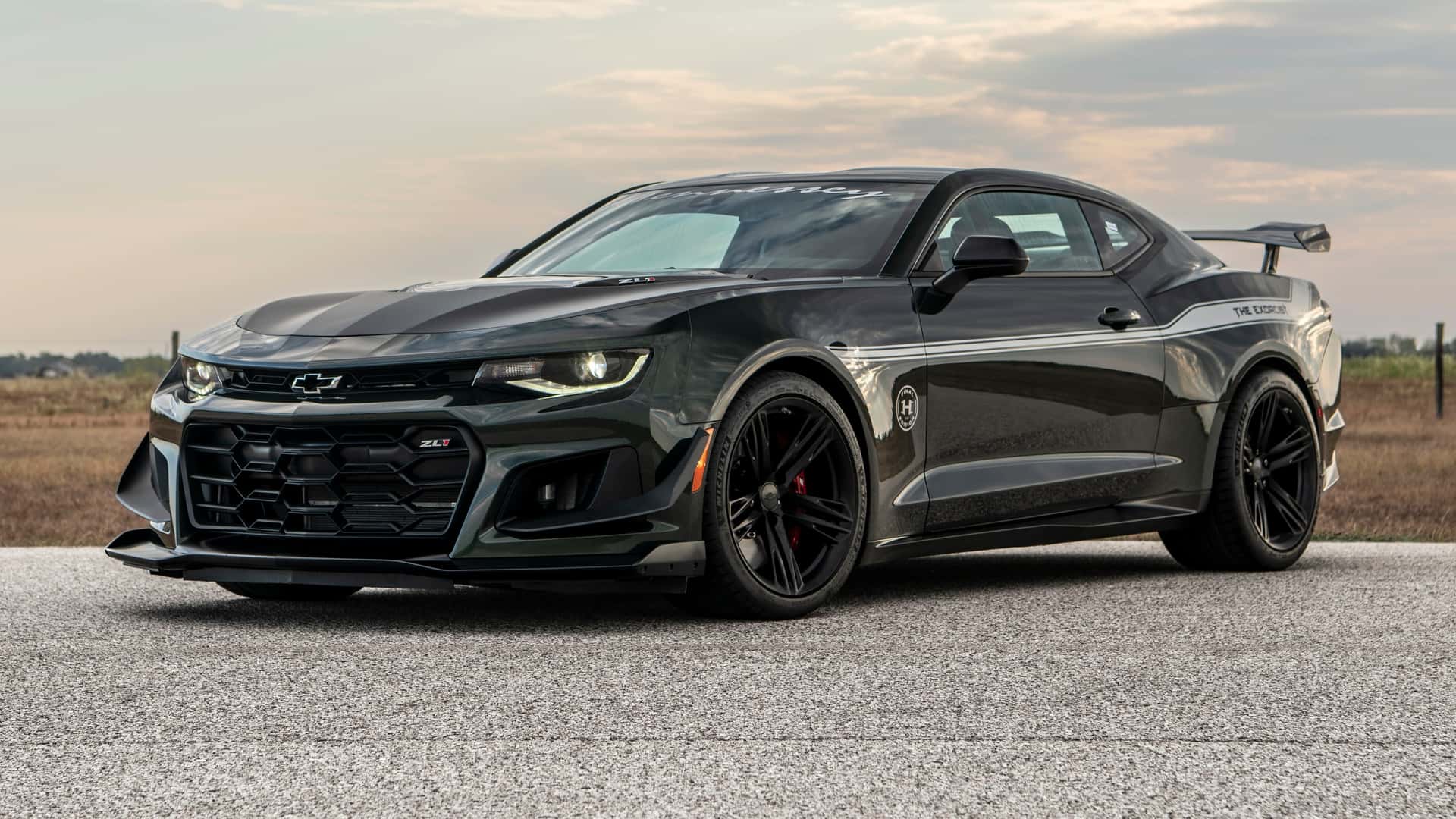
The cooling system isn’t just for the engine—it also helps the transmission stay at a safe temperature. A special oil cooler is added just for the transmission to keep it from getting too hot while shifting gears quickly.
Another part that benefits from cooling is the rear differential, which sends power to the rear wheels. The car uses a rear differential cooler to make sure this part keeps working well during aggressive driving.
The car’s shape also helps with cooling thanks to smart aerodynamic design. Openings in the front grille and hood allow air to flow through the engine and other hot areas, keeping everything cooler.
All of these cooling features work together to let the driver enjoy fast laps without worrying about the car overheating. Whether on the road or the racetrack, the car performs well in hot conditions.
7) Ford Mustang Shelby GT350
The Ford Mustang Shelby GT350 is a sports car built for power and speed. It is made to perform well, even during fast and intense driving on tracks or open roads.
To keep the car running smoothly, it has a strong cooling setup. This system protects the engine, transmission, and differential from getting too hot while driving hard.
The engine in the GT350 is powerful and creates a lot of heat when pushed. That’s why it has a special oil cooler to keep the engine oil from getting too hot.
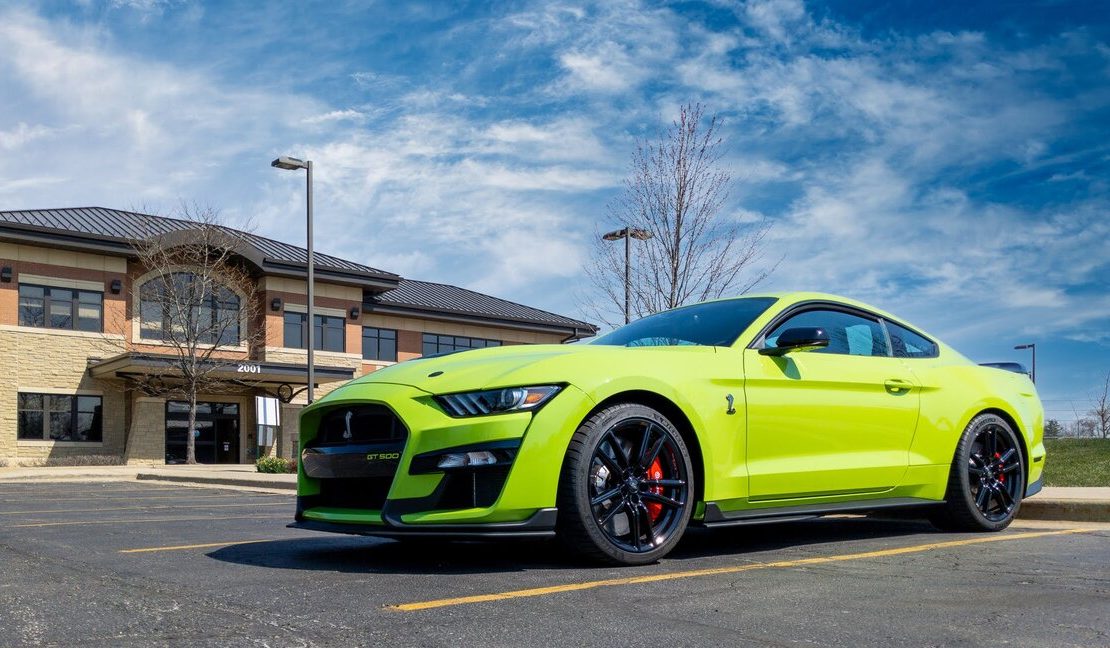
By keeping the oil cool, the engine stays healthy and performs better for a longer time. It helps the car avoid problems that could happen when the engine gets too hot.
The transmission also gets help from a separate cooler. This part helps the gears stay cool when they are shifting fast, especially during racing or hard acceleration.
When the transmission stays at the right temperature, gear changes are smoother and more reliable. It also prevents damage that can happen from too much heat.
The rear differential, which controls how power goes to the wheels, has its own cooler too. This keeps it working well even when the car is driving hard around corners or straightaways.
All these coolers are useful during spirited driving or racing. They help the car keep performing at its best and stop parts from wearing out too quickly.
Taking care of the cooling parts is also important. Regular checks help make sure they are working well and keeping the car safe and strong.
6) Volkswagen Beetle: A Cool Classic With a Simple Heart
The classic Volkswagen Beetle is well known for being simple, easy to work on, and very reliable. One of the reasons for this is its special air-cooled engine that does not need water or a radiator to stay cool.
Most cars use a water-based cooling system with a radiator, coolant, and hoses. But the Beetle uses air to cool the engine, making it lighter and much simpler to take care of.
The engine is built with metal fins that help push heat away. A fan blows air over these fins, which keeps the engine cool even when the car is not moving fast.
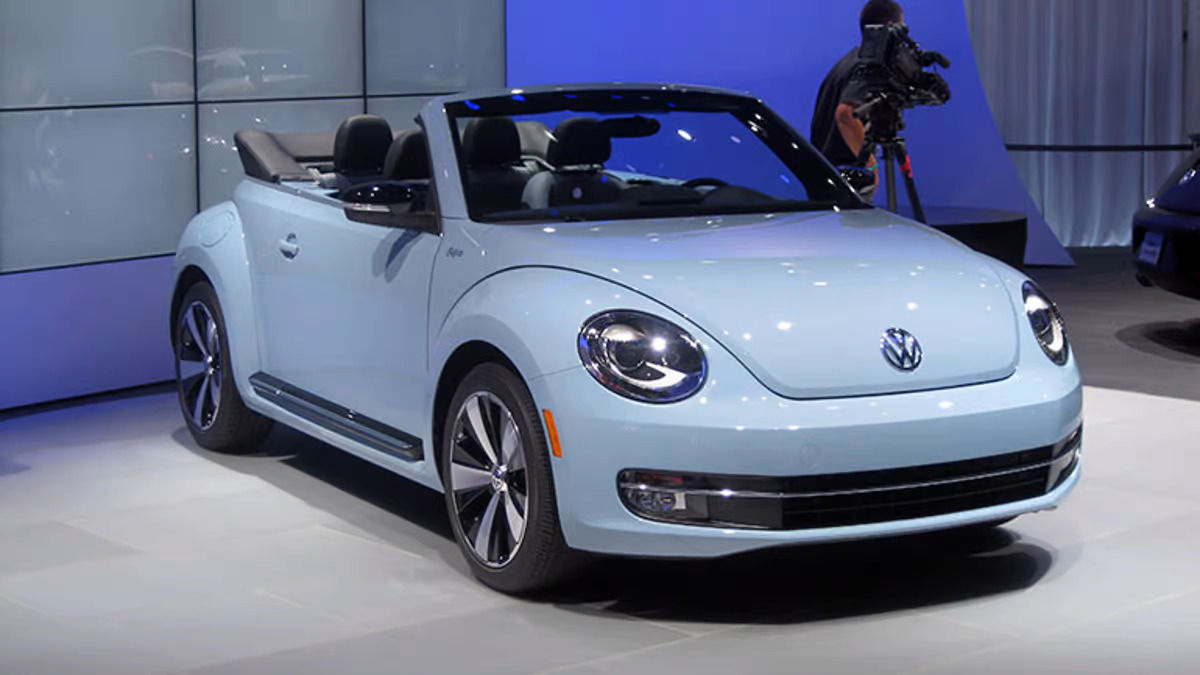
Because there’s no water in the system, you don’t need to worry about leaks or coolant running low. It also means there’s no risk of the engine freezing in cold weather.
This kind of system is great for people who want fewer parts to break or replace. It also makes the engine easier to fix and cheaper to maintain.
However, air-cooled engines are not perfect. In very hot places or during long, fast drives, they can get too warm since they don’t have the extra cooling power of water.
Even with this small issue, the Beetle’s engine has been strong and dependable for many years. It was used in millions of cars around the world, proving its strength and simplicity.
Many people love the classic Beetle for how easy it is to repair. Even beginners can learn to take care of it without needing special tools or skills.
Also read: 10 Classic Cars With Legendary Aerodynamics and Design That Shaped Automotive History
5) Chevrolet Corvette Stingray (C8)
The Chevrolet Corvette Stingray (C8) is powered by a 6.2-liter LT2 V8 engine that generates immense power. To keep this engine running efficiently, Chevrolet has equipped the car with an advanced cooling system designed to handle high temperatures and demanding driving conditions.
In the standard version of the Corvette C8, there are two radiators placed at the front of the car. These radiators sit on each side of the vehicle’s nose and play a crucial role in keeping the engine at the right temperature during normal driving.
For those who want even more performance, Chevrolet offers the Z51 Performance Package with extra cooling features. One of the most important upgrades in this package is a third radiator located in the driver’s side air intake to add more cooling capacity.
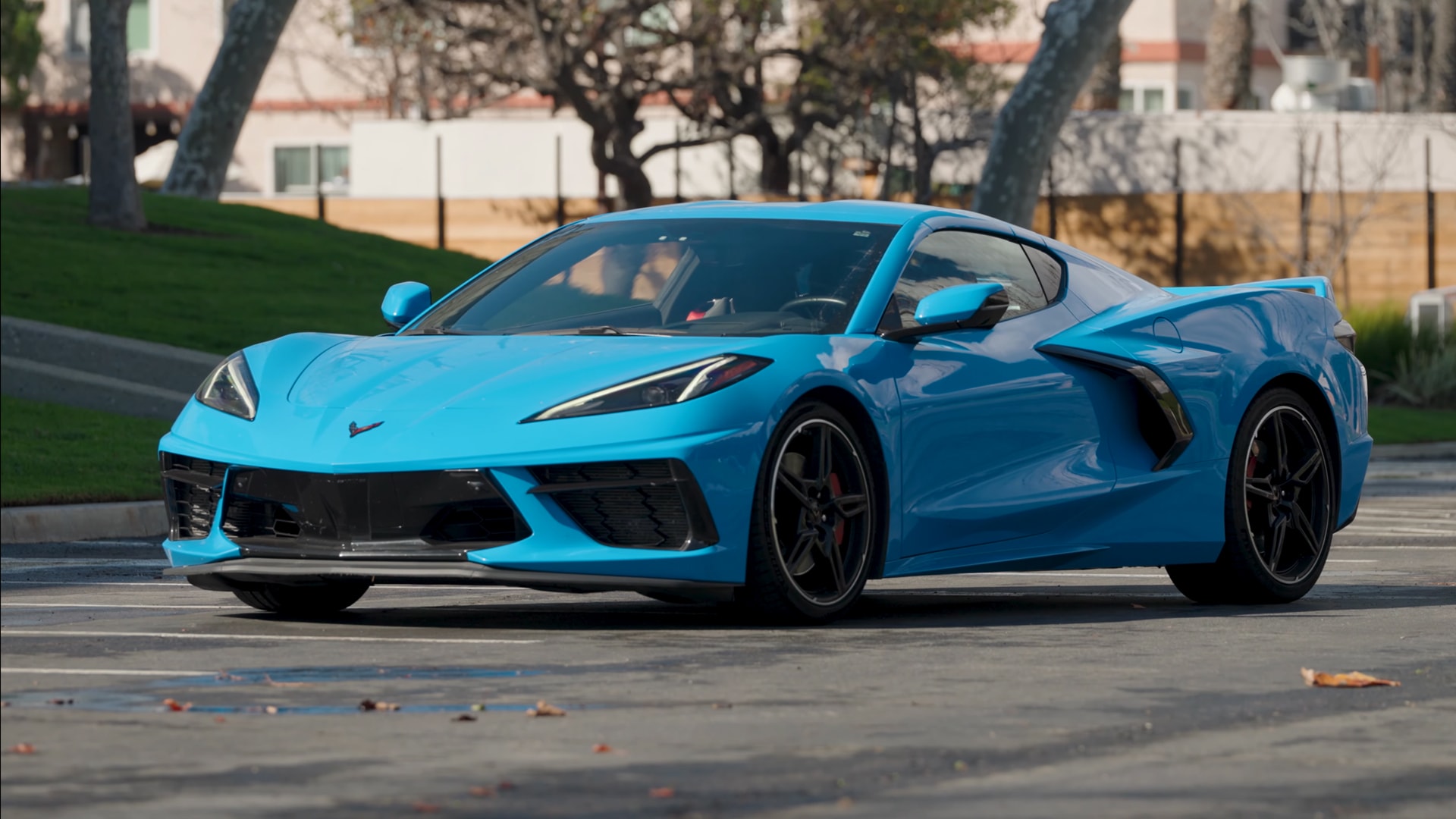
This third radiator works together with the two front radiators to give better temperature control, especially during spirited or track driving. The added cooling helps ensure the engine doesn’t overheat when it’s pushed to its limits.
Along with engine cooling, the Z51 package also includes a dedicated transmission cooler. This cooler keeps the transmission from getting too hot, which helps improve gear shifting and extends the life of the transmission parts.
To manage brake temperatures, Chevrolet has also built special air ducting into the nose cone of the C8. These ducts direct airflow straight to the front brakes, which helps keep them cool and reduces the chances of them losing performance during hard stops.
Additionally, the Z51 package includes rear underbody scoops that guide air to the rear brakes. This airflow helps control rear brake temperatures, which is essential for consistent stopping power under heavy use.
All of these cooling systems are part of Chevrolet’s commitment to giving drivers a sports car that performs well without compromising safety. By focusing on heat management, the C8 remains reliable and powerful whether on city roads or at the track.
4) Toyota GR Supra A90 Final Edition
The Toyota GR Supra A90 Final Edition comes with key upgrades aimed at improving its cooling system and performance. These enhancements are designed to help the car maintain peak operation even during extreme driving situations.
One major upgrade is the addition of a sub-radiator. This secondary radiator works along with the main one to offer more cooling power, helping to keep engine temperatures under control when the car is pushed hard.
To boost cooling even further, Toyota enlarged the cooling fins on the differential gear cover. This change increases how much heat can be released from the differential, allowing it to run cooler during demanding drives.

The radiator cooling fan has also been upgraded to a stronger version. This improvement helps pull more air through the radiator, making the system more effective in managing engine heat.
Beyond cooling, the A90 Final Edition also includes performance-focused updates like a new intake air path and a low-back-pressure catalyst. These tweaks give the engine more power and help it breathe better for stronger performance.
Toyota also added a baffle plate to the oil pan, which plays an important role in keeping oil evenly spread during sharp turns and quick acceleration. This helps ensure the engine stays well-lubricated at all times.
Another standout feature is the Akrapovič titanium muffler, which reduces the car’s weight and improves the exhaust sound. It adds to the sporty experience while also being a practical performance upgrade.
Braking has been improved with 19-inch Brembo brakes that come with high-friction pads and floating discs. These offer reliable stopping power and better control, even during aggressive driving.
The car also benefits from aerodynamic features like a carbon-fiber front spoiler and a swan-neck rear wing. These elements increase downforce, improving grip and stability at higher speeds.
Inside the car, Toyota added RECARO Podium CF bucket seats, which provide strong support and comfort. These racing-style seats are especially useful for spirited driving, keeping the driver securely in place.
3) BMW M5 G90/G99
The BMW M5 G90 sedan and G99 Touring bring something new and powerful with their plug-in hybrid setup. They use a 4.4-liter twin-turbo V8 engine together with an electric motor to produce an impressive 717 horsepower and 738 lb-ft of torque.
With so much power coming from two sources—the engine and the electric motor—managing heat becomes very important. BMW has designed an advanced cooling system that keeps everything running smoothly, no matter how hard the car is driven.
One part of this system is a low-temperature circuit that sends coolant to both the engine’s intercooler and the electric motor’s electronic parts. This setup helps keep temperatures down and performance steady during fast or long drives.
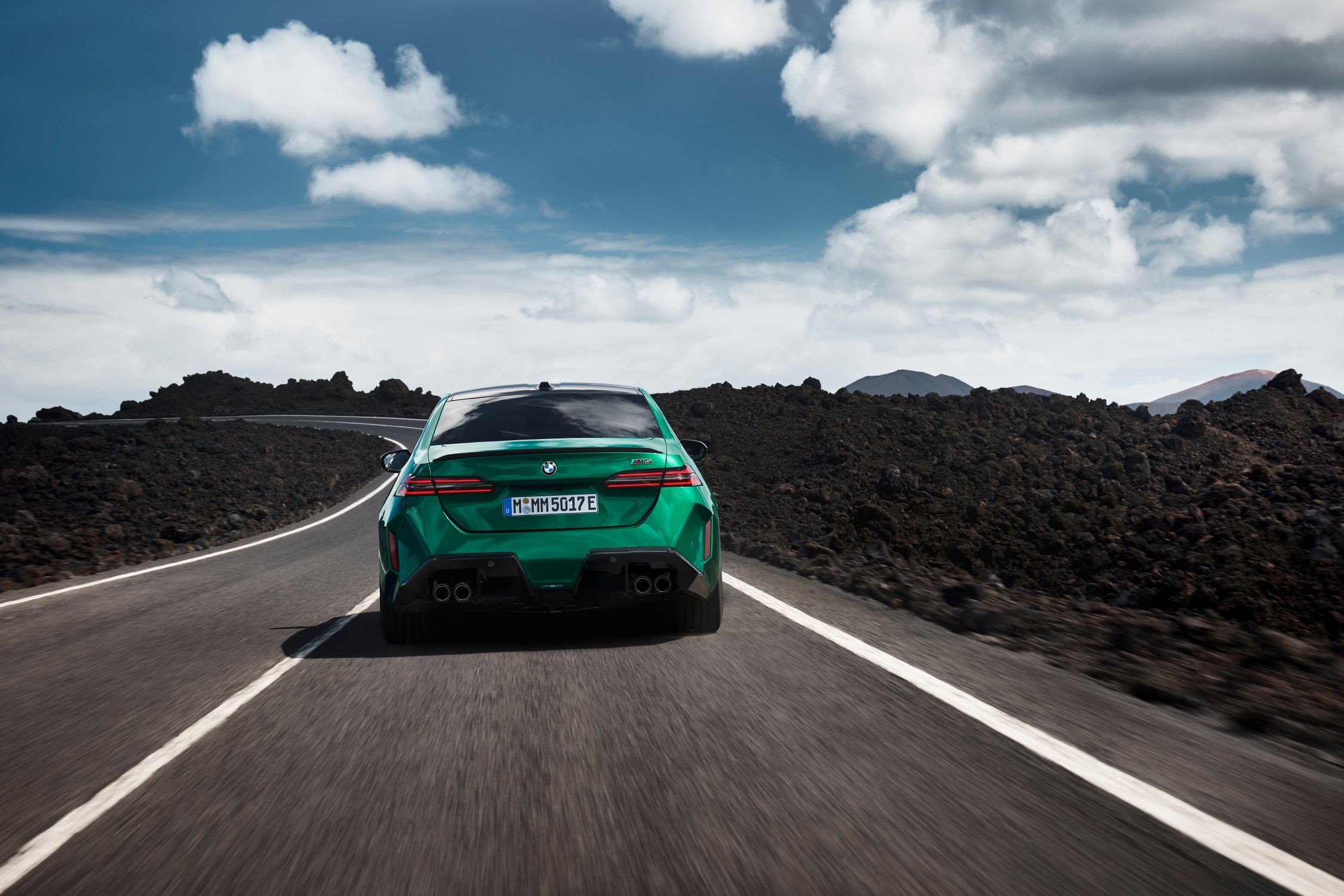
There’s also a high-temperature cooling circuit, which is used just for the V8 engine. Having two separate cooling systems makes sure that each part gets exactly what it needs to stay at the right temperature.
Because the electric motor is built into the eight-speed automatic transmission, BMW had to find a way to keep both cool. Special cooling measures were added so that the motor and transmission don’t overheat, especially when driving hard or at high speeds.
The M5 also comes with a large battery placed low in the car’s floor, which helps with balance and handling. This 18.6 kWh lithium-ion battery needs its cooling to keep it working well and lasting longer, especially when extra power is needed from the electric motor.
2) How the McLaren W1
The McLaren W1 is a powerful supercar that runs on a hybrid setup, combining a 4.0-liter twin-turbo V8 engine with something called an “E-module,” which is an electric motor. Together, these give the car an incredible 1,258 horsepower, making it one of the most powerful road-legal cars.
Such a strong power system creates a lot of heat, especially when driving fast or pushing the car hard. To avoid overheating, McLaren designed a smart cooling system that helps keep everything running smoothly and safely.
There are three cooling circuits in the W1, each with its own job. One of them is the high-temperature circuit, which has four radiators that focus on cooling the V8 engine and keeping it at a safe working temperature.
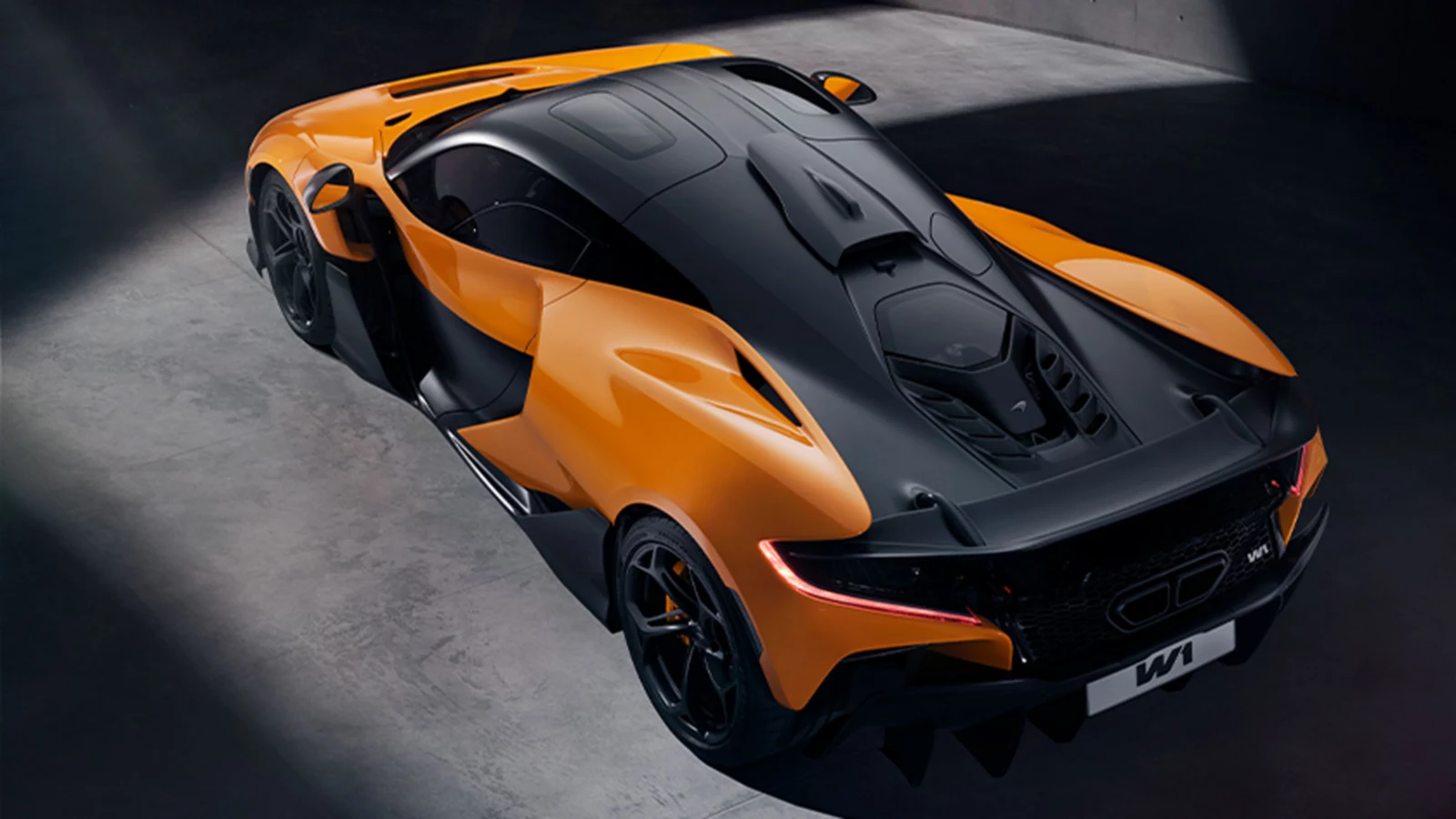
The second cooling circuit is for charge cooling, which cools the air going into the engine before it burns fuel. This helps the engine run better and last longer by keeping everything balanced and efficient.
The third system is designed just for the hybrid parts, including the E-module, the battery, the charger, and other electronic parts. This system makes sure these parts don’t overheat, even when the car is being pushed to its limits.
In total, the McLaren W1 has ten heat exchangers, which are parts that move heat away from important components. These are placed in smart spots all over the car to make sure everything stays cool, no matter how hard it’s driven.
The battery that powers the electric motor is placed low in the car, inside a strong carbon-fiber body. This not only keeps the battery cool and protected but also helps the car stay stable by lowering its center of gravity.
McLaren also made many parts of the cooling system out of carbon fiber, which is light but super strong. Using this material helps the car stay lightweight and fast without losing strength or cooling ability.
To help the battery cool even better, McLaren uses a special liquid cooling method that comes from race car technology. This liquid cooling helps the battery keep a steady temperature, even during high-speed action, so it performs well every time.
Also read: 10 Hidden Automotive Gems and Legendary Cars That Collectors Are Hunting For
1) Mazda 787B
The Mazda 787B is a legendary race car that became famous for its smart engineering and impressive race performance. One of its most special features was how the radiator was moved to the front of the car to improve cooling and airflow.
Before the 787B, earlier Mazda race cars like the 767 had radiators placed beside the driver’s cockpit. This setup worked, but it wasn’t the best for smooth airflow or maximum cooling when the car was moving fast on the track.
In the 787B, Mazda’s engineers decided to place one large radiator at the very front of the car’s nose. This helped bring in cool air from the front and push the hot air out through the top, making cooling more direct and effective.

To help the airflow even more, they added something called a Gurney flap at the top of the exit vent. This little piece improved the car’s front-end downforce, helping it stay stable and firmly planted to the ground during high-speed racing.
By moving the radiator to the front, the car no longer needed side vents near the doors to bring in air. This made the body of the car cleaner and smoother, which also improved the car’s aerodynamics for better speed and performance.
To keep the rear part of the car cool, especially the engine and brakes, Mazda added extra air intakes above the exhaust vents on the sides. These helped pull in enough air to keep the back of the car running safely without overheating.
Even though the Mazda 787B was a race-only vehicle and never sold to the public, its smart cooling design made a big impact.
